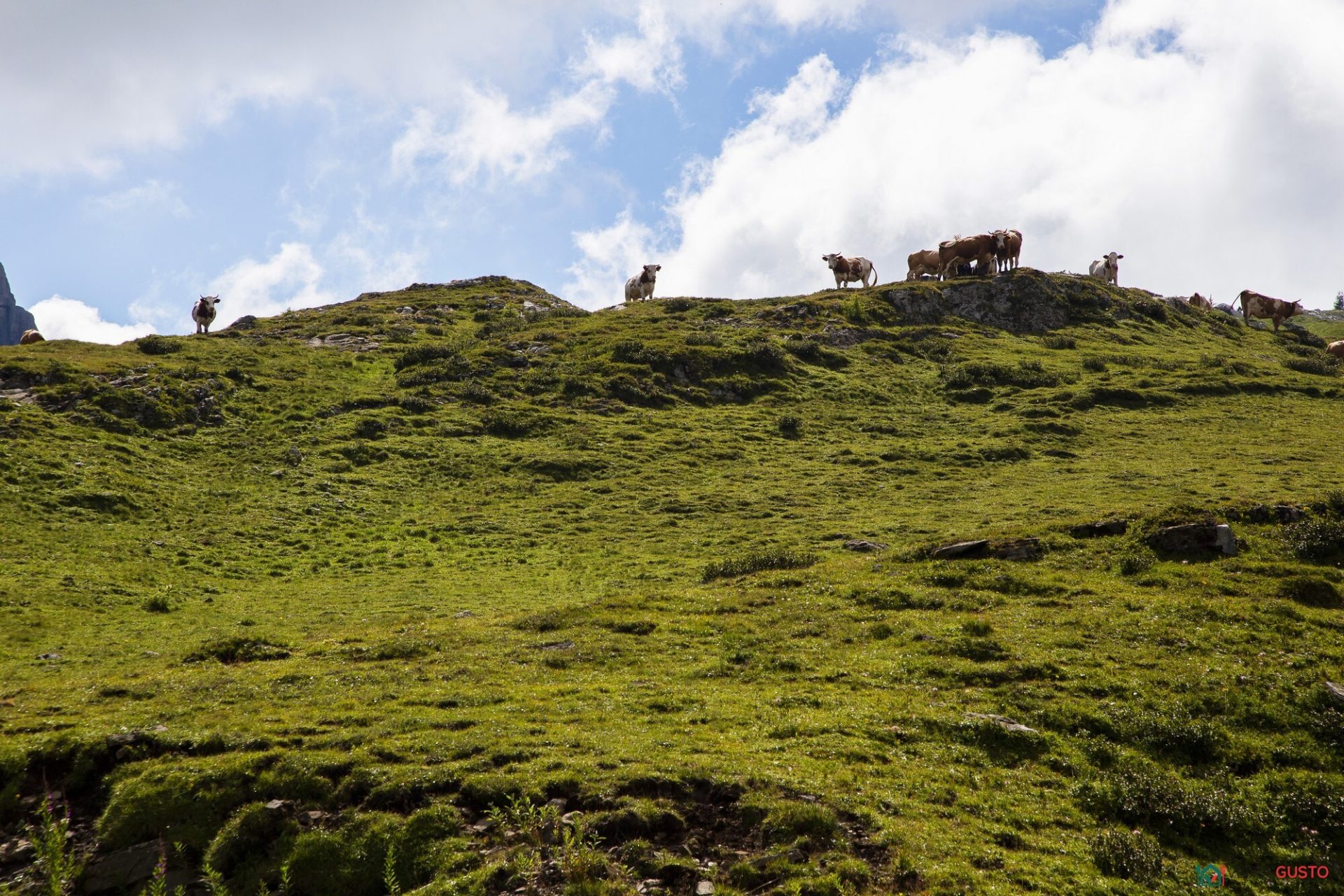The CheesePiave DOP It renews itself within tradition. An apparent oxymoron conceals a remarkable achievement, made official with the recent approval of the modification to the production regulations, coinciding with the 10th anniversary of the PDO. The changes made aim to further enhance the production area, with its native breeds and small mountain dairies, the true essence of this product, recently featured in the photo essay "Versanti di Gusto," produced as part of the European project Nice to Eat-EU.
“The modification of the production specifications of Piave DOP required a long time and a considerable effort but it proved necessary to adapt to the evolution of the production needs of the breeding members and to those of cheese making – says Chiara Brandalise, Director of the Protection Consortium "In addition to new milking technologies, innovation in the art of cheesemaking has also been important, and we couldn't ignore this. We've also introduced changes to encourage even small mountain dairies and mountain huts to join the Piave DOP production chain, and added the option of using milk from Grey Alpine cows, a typical mountain breed in these areas that has been rediscovered in recent years."

The amendment to the specification (Reg. (EU) No. 2020/1198 of 07/08/2020 – OJEU L 267 of 14/08/2020) concerns the sections relating to product description, production method, cow feed, thermal treatment, cheesemaking, and salting. More specifically, with regard to the "product description" section, the amendment more appropriately defines the sensory profile of Piave PDO, specifying that the color of the cheese varies according to the maturation period (there are as many as 5), ranging from a light and uniform color in the FRESCO type to a dark yellow in the more advanced maturations, with a consistency that becomes drier, grainier, and crumbly over time. With regard to the "production method," the local Grigio Alpina breed has been reintroduced because it is particularly suited to exploiting the area's natural resources.

Furthermore, a characteristic of cattle farming typical of mountain areas—the frequent presence of crossbreeds between permitted cattle breeds—has been explicitly addressed. The option of milking for a maximum of three consecutive days has been introduced, eliminating the concept of two or four milkings, which has become obsolete thanks to the spread of automated milking. Therefore, the number of consecutive milkings allowed per day can be adapted to the animal's specific needs. Regarding thermal purification, the heat treatment method has been adapted to actual production possibilities, eliminating treatment parameters that can vary depending on the equipment used, and introducing the option of pasteurizing the milk. This change seeks to meet the needs of certain businesses, such as mountain dairies and small mountain dairies, which are unable to pasteurize milk.
Finally, in the paragraph “cheesemaking" And "salting"some steps have been simplified, leaving only the cooking temperatures indicated and eliminating the times referred to the cheesemaking process and removing the minimum immersion time in brine, all very limiting constraints that did not allow these phases to be adapted to different production realities.

Among the main objectives of the Protection Consortium Piave DOP cheesethere is the promotion of the Piave DOP cheese brand and the dissemination of correct information on the specificities of the product, in addition to online and offline communication to promote knowledge and increase consumption; an objective that the Consortium is pursuing with the Nice to Eat-EU project co-funded by the European Union. Through informational and promotional activities featuring an Italian excellence, Nice to Eat-Eu brings to European tables all the flavor, tradition, certification, and uniqueness of Piave PDO cheese and all the values it embodies.







